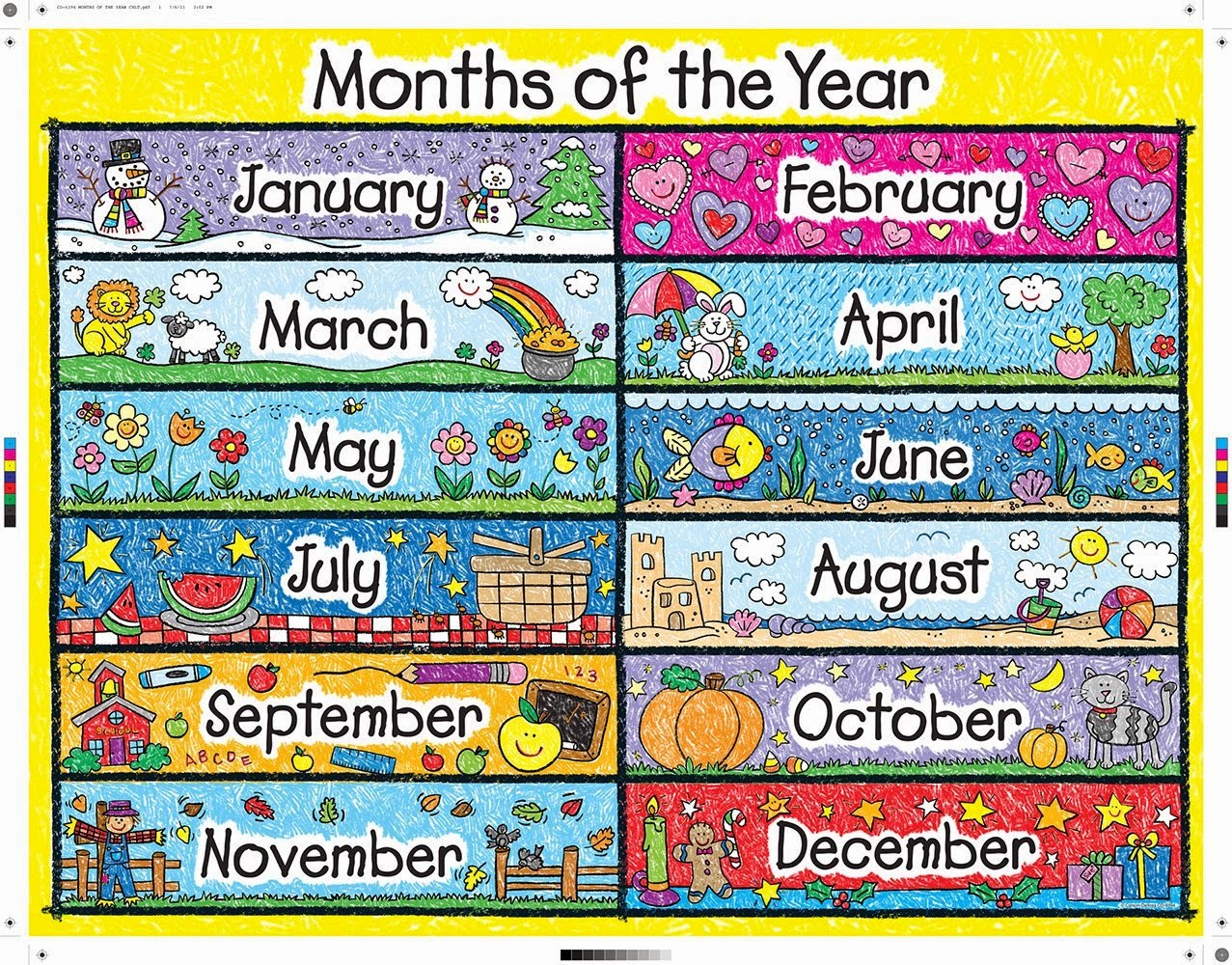In the grand tapestry of time, days and months serve as the threads that weave our experiences, memories, and events into a coherent narrative. They are the building blocks of our calendars, guiding us through the cyclical nature of our lives. Each day holds its own significance, while each month brings forth a unique blend of celebrations, changes in nature, and personal milestones. Understanding the roles that days and months play in our lives can enhance our appreciation of time and its passage.
As we navigate through the weeks and months, we often find ourselves reflecting on their meanings, how they influence our schedules, and the cultural significance attached to certain days. From the excitement of weekends to the solemnity of holidays, each day and month can evoke a myriad of emotions and memories. This exploration of days and months will take us on a journey through their historical significance, cultural relevance, and the ways they shape our daily lives.
Join us as we delve deeper into the world of days and months, examining their importance in our lives. We will ask essential questions, explore fascinating facts, and highlight the ways in which time structures our existence. Whether you are planning your calendar or simply curious about the passage of time, understanding the essence of days and months will undoubtedly enrich your perspective.
What Are Days and Months?
Days and months are fundamental units of time measurement that have been used since ancient civilizations. A day is defined as the time it takes for the Earth to complete one full rotation on its axis, typically consisting of 24 hours. A month, on the other hand, is based on the lunar cycle, with most months containing either 28, 30, or 31 days. Together, they create the framework for our calendars, dictating the rhythm of our lives.
How Do Days and Months Affect Our Lives?
Days and months play a crucial role in organizing our lives. They help us plan events, schedule appointments, and celebrate special occasions. For instance, weekends are often reserved for relaxation and social activities, while weekdays are filled with work and responsibilities. Similarly, months can signify the change of seasons, prompting us to adapt our routines accordingly.
Why Are Certain Days and Months Significant?
Many cultures celebrate specific days and months that hold historical or religious significance. For example, December is often associated with festivities like Christmas and New Year's Eve, while April is known for April Fool's Day. Additionally, some days are dedicated to honoring important figures or events, such as Martin Luther King Jr. Day in January or Independence Day in July.
What Are the Origins of Our Calendar System?
The calendar systems we use today have evolved over millennia, influenced by astronomical observations, religious practices, and cultural exchanges. The Gregorian calendar, introduced by Pope Gregory XIII in 1582, is the most widely used calendar today. It replaced the Julian calendar, which had inaccuracies in its leap year system, leading to a gradual drift of the seasons over time.
How Do Different Cultures Celebrate Days and Months?
Across the globe, various cultures have their own unique ways of celebrating specific days and months. Here are a few examples:
- Chinese New Year: A festive celebration marking the beginning of the lunar calendar, filled with family gatherings and traditional customs.
- Diwali: Known as the Festival of Lights, this Hindu festival occurs in October or November and symbolizes the victory of light over darkness.
- Thanksgiving: Celebrated in November in the United States, this holiday focuses on gratitude and feasting with family and friends.
What Are Some Fun Facts About Days and Months?
Days and months are not just about organization; they come with interesting trivia. Here are some fun facts:
- The longest month is January, which has 31 days, while February is the shortest, with 28 or 29 days, depending on the leap year.
- In some cultures, the number of days in a month varies, such as the Islamic calendar which has months of 29 or 30 days.
- The names of the months have historical roots, many derived from Latin and named after Roman gods and leaders.
How Can We Make the Most of Our Days and Months?
To fully appreciate the significance of days and months, we can take steps to make the most out of them. Here are some suggestions:
- Set personal goals and reflect on your achievements at the end of each month.
- Plan special events or activities to celebrate important days with family and friends.
- Embrace the changing seasons and engage in activities that correspond to each month's theme.
Conclusion: The Timeless Nature of Days and Months
Days and months are more than just numbers on a calendar; they are integral to our existence and cultural practices. By understanding their significance and embracing the moments they represent, we can enrich our lives and create lasting memories. So, the next time you glance at your calendar, take a moment to reflect on the importance of the days and months that shape your journey through time.


